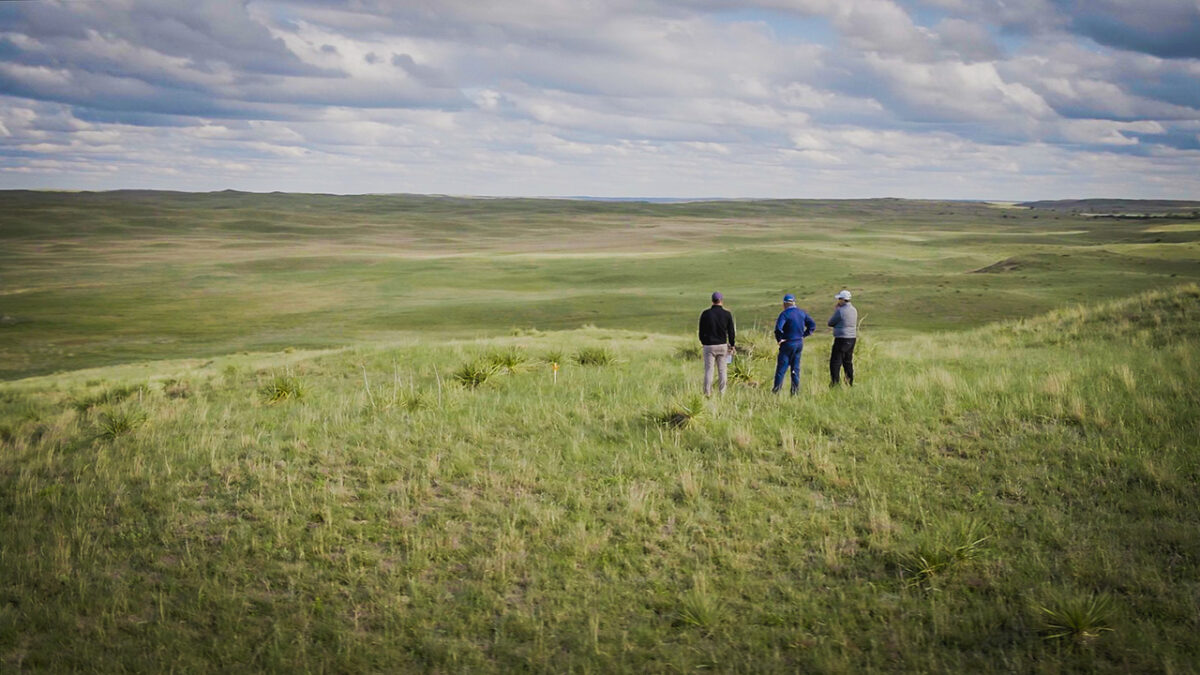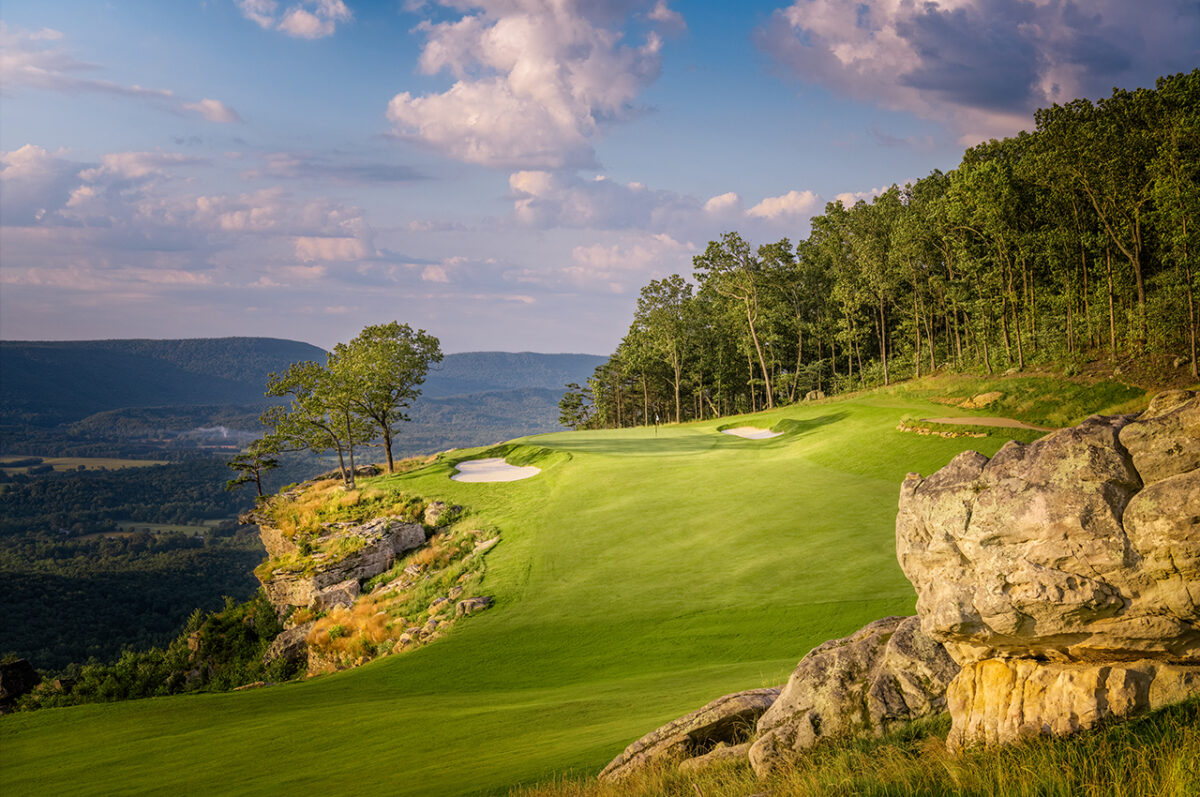Wisconsin’s Supreme Court has ruled that a conservation group has no legal standing to challenge a DNR land swap that would allow Kohler Co. to develop another golf course along Lake Michigan.
It’s the latest step in a years-long legal obstacle course Kohler has been negotiating as it tries to add another championship-level course in the Sheboygan area. It already owns Blackwolf Run and Whistling Straits, which have hosted multiple major championships, and houses four top courses — Whistling Straits Straits Course, Whistling Straits Irish, Blackwolf Run Meadow Valley and Blackwolf Run River.
In 2020, the Supreme Court sided with Kohler on another dispute related to the golf course project, upholding annexation of the site by the city of Sheboygan to avoid a possible denial of a special use permit from the Town of Wilson.
Additionally, Kohler is appealing a judge’s decision last year upholding an administrative judge’s decision that the DNR improperly issued Kohler Co. a permit to fill wetlands. That case is currently before the Court of Appeals.
Thursday’s 4-3 decision reversed a decision by the Court of Appeals, which had ruled the Friends of the Black River Forest could advance its challenge of the land swap. The Friends say the loss of parkland would harm the group’s recreational, conservation and aesthetic interests.
Those interests aren’t clearly protected in laws, the court decided.
“None of the statutes or regulations cited protect any legally protected, recognized, or regulated interests of the Friends that would permit them to challenge the Board’s decision as “person[s] aggrieved,” Justice Rebecca Bradley wrote for the majority.
Justices Patience Roggensack, Annette Ziegler and Brian Hagedorn joined the opinion.
In dissent, Justice Jill Karofsky blasted the majority’s “textualism” approach as a “rhetorical smokescreen obscuring a result-oriented analysis.” Justices Rebecca Dallet and Ann Walsh Bradley joined the dissent.
The Friends of the Black River Forest, Inc., issued a statement saying it was “disappointed in today’s Wisconsin Supreme Court decision reversing the Wisconsin Court of Appeals, which had declared unequivocally that active users of Wisconsin state parks may lawfully challenge the State when it gives away those park lands to private interests.

“Today’s decision sets a disturbing new precedent for Wisconsinites and their ability to fight arbitrary and oppressive agency actions that affect their daily lives—actions that may extend far beyond where and whether they enjoy Wisconsin’s natural resources.”
The group said it will continue its mission “to protect Wisconsin parks for the good of Wisconsin’s citizens, not its companies.”
Dirk Willis, Vice President – Golf, Landscape & Retail for Kohler Co. Hospitality, said the company was pleased with the decision.
“We look forward to developing our public golf course in the City of Sheboygan on property owned by Kohler Co. for more than 75 years, and are committed to creating a world-class golf course that respects the property’s natural character and opens up private land to the public for the first time.” Willis said.
Willis said Kohler has “an established track record of good environmental stewardship with a commitment to following all applicable municipal, state and federal regulations.”
In 2018, the state Natural Resources Board agreed to give Kohler 4.6 acres of Kohler-Andrae State Park, on Lake Michigan, in exchange for about 10 acres of land west of the park. The state would also grant Kohler an easement over an additional 1.8 acres of the park.
The park property that would go to Kohler includes thick woods, open sand dunes and wetlands. The state would get upland woodland, cropland, a home and outbuildings.
Friends of Black River Forest challenged the deal. Kohler and the DNR argued the group had no legal standing, and that the swap was not even a “decision” subject to judicial review.
A Sheboygan County judge dismissed the action for lack of standing, but the Court of Appeals reinstated the challenge.
The appeals court found that the plaintiffs had in fact alleged sufficient injuries to be heard, not just dismissed. It is “not hypothetical or conjectural that the land exchange may cause the Friends to suffer the alleged recreational, aesthetic, and conservational injuries as a result of the golf course construction,” the court wrote.
The Supreme Court, however, said none of the Friends’ injuries — like loss of use of the swapped portion of the park, negative impacts on wildlife and plants, and increased noise and traffic from the eventual golf course, were protected by a statutory or constitutional provision.
Karofsky wrote that it was the majority that ignores the plain meaning of the law, “by distorting case law, conflating standing with the merits, and failing to engage in any meaningful interpretation of the legislative text.”
“Members of the public need not sit idly by when a state agency may have transgressed the very laws designed to protect their interests,” Karofsky wrote.
“Rather, the legislature has guaranteed that any person ‘whose substantial interests are adversely affected’ by an agency decision may call upon the judiciary to be a check on executive decision-making.”
Contact Bruce Vielmetti at (414) 224-2187 or bvielmetti@jrn.com. Follow him on Twitter at @ProofHearsay.
[listicle id=778118926]
[mm-video type=video id=01eskzpk0m8yangm4h playlist_id=none player_id=none image=https://images2.minutemediacdn.com/image/upload/video/thumbnail/mmplus/01eskzpk0m8yangm4h/01eskzpk0m8yangm4h-cd5e3de957f896fc3f99259518f1dd00.jpg]




















